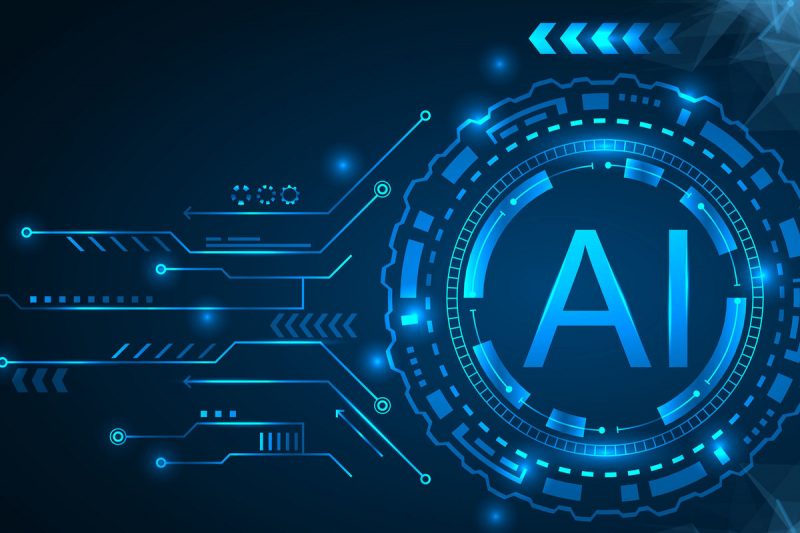Artificial Intelligence refers to computers with autonomous cognitive abilities by virtue of which these computers can perform a wide array of tasks. Using AI for strengthening security efforts is an obvious step since cyber security and real life security have formed a unison at so many levels. Securing software from digital threats is as important as securing the borders from foreign threats if not more because the ramifications are quite similar. Here we will talk about the applications of AI in security, both digital and otherwise.
Protecting software from hackers, bugs, and vulnerabilities
The world rides on software. Consider a bank. Transactions worth billions of dollars are digitally conducted. Banks need a robust and secure software system that is secure from hackers and internal breaches. Now, the cyber security threats have evolved with the continuous advancement of technology. The security measures need to develop in tandem. The traditional security systems are rules based and signature based. It is difficult to defend software from continuously evolving threats, tens of thousands of them on a regular basis, with traditional systems. This is where AI comes into play.
In 2016, researchers from Carnegie Mellon university came up with an end to end system for fully automatic exploit generation. AEG or automatic exploit generation refers to the technology that automatically finds and exploits bugs in a software. This AI based system called ‘Mayhem’ won the Defense Advanced Research Projects Agency’s (DARPA) grand cyber security challenge.
According to Dr. Roman V. Yampolskiy, a professor at the University of Louisville, the threat is as much from AI hackers as from human hackers. There are programmes that can find and breach vulnerabilities on their own. The use of advanced AI in cyber security, therefore, is quite inevitable.
A startup based out of MIT’s computer science and AI Laboratory (CSAIL) called PatternEx has recently come up with an AI security system called AI2 which is based on a loop of feedback between human analysts and AI. According to a peer reviewed paper published by PatternEx, their augmented system is ten times better at detecting cyber threats than purel machine learning systems.
AI for prevention of Crime
The use of Statistical analysis to help the police deal with crime and to thwart terrorist activities is not new. The New York Police Department has been using a system called Compstat since 1995 for predictive policing. Similar systems have grown in usage across the world over the years. Technologies like computer vision have come to play in terms of real time AI policing.
An Indian startup Staqu has powered the Indian army as well as police forces in several Indian states to easily access criminal records of suspects through image recognition.
From autonomous drones to AI powered policing patterns, there has been a continuous presence of AI in the efforts to stop terrorism. It is in the news that we may witness AI powered crime fighting mannequins in the streets of Bangalore in the not so distant future. Defense and security industry has many areas where the introduction of AI can be revolutionary; and it will open up many opportunities for aspirants pursuing AI courses at this point.
The future of AI based security
Airport security is a difficult pill to swallow for a lot of people. Things go wrong, airlines lose customers. The Transport Security Administration in the USA is currently working on a project called Dynamic Aviation Risk Management Solution (DARMS). This is envisioned as a system that factors in information about passengers across all airlines. A security tunnel that inspects all the passengers, eliminating the often irritable frisking.
AI based drones will increase in number in major cities across the world. These drones are able to detect criminal activity and raise alarms for the authorities to act efficiently.
AI can play a vital role in exploring healthcare data to predict the emergence of new diseases or to detect the mutation and spread of viruses. Usually the realization of a vision is delayed by the lack of technological support. In this case the technology is there. Machine learning algorithms can be used to extract medical data from various connected devices and digital databases across the hospitals and healthcare foundations. However, we do not have the legal framework that supports and attests to this sort of an endeavour.
Technology has a very important philosophical and moral angle. A technology that does not have a moral high ground is hard to be adopted by public authorities. This is one of the primary issues that the visionaries need to get around.
